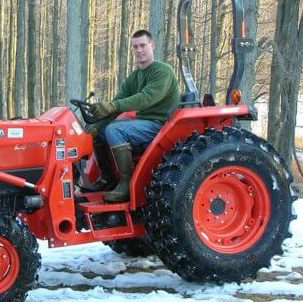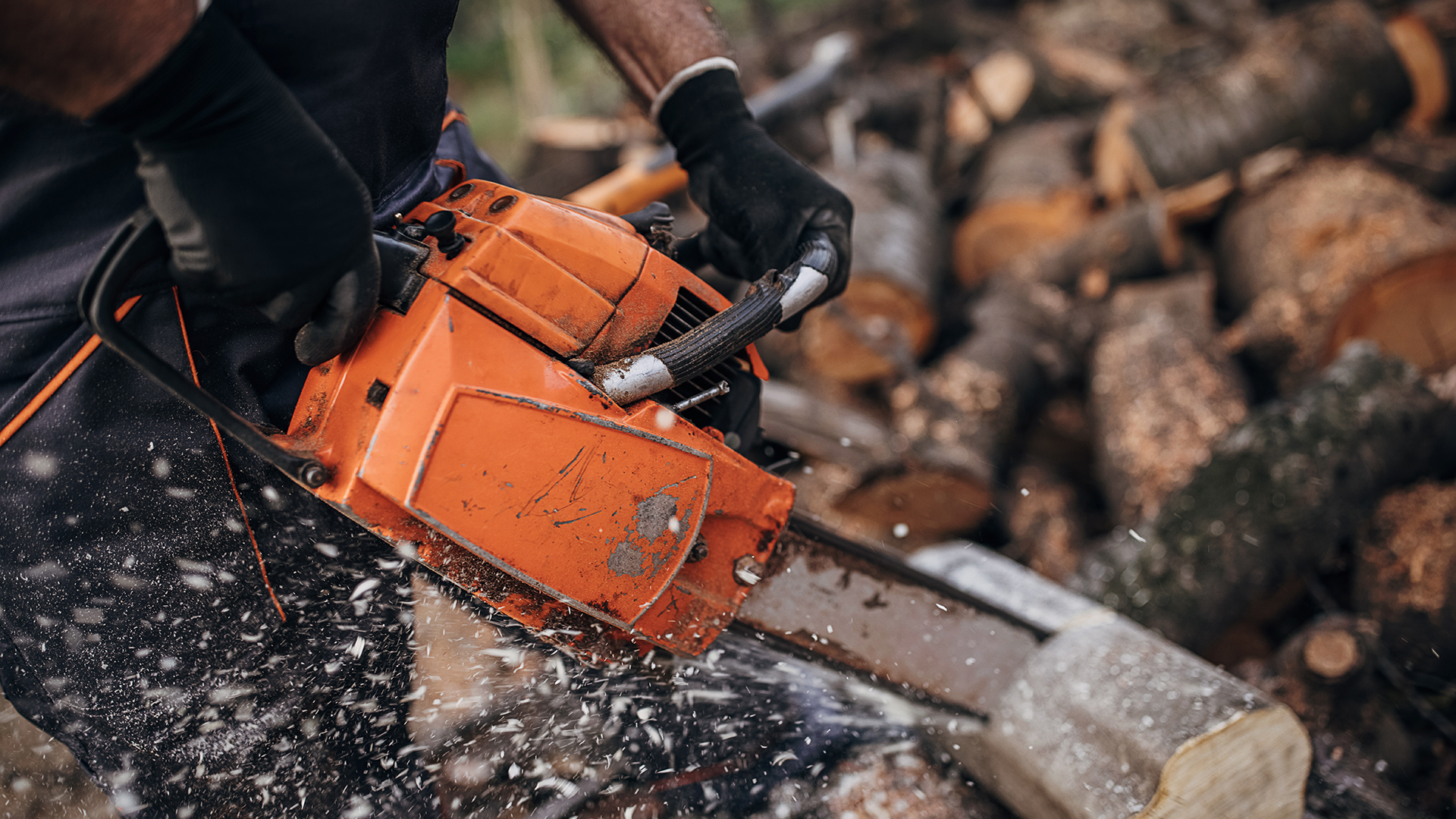Chainsaws may prompt some feelings of trepidation when it comes to the purchase, operation and maintenance of these powerful machines. However, there’s no reason to feel daunted, we take you through the process of how to remove a chainsaw clutch in easy to follow steps.
Before you learn how to remove a chainsaw clutch, make sure you’re operating a chainsaw that’s right for your needs. We’ve broken down the best chainsaws of 2022, analyzing the best brands from STIHL to Makita.
How to remove a chainsaw clutch
Why do you need to learn how to remove a chainsaw clutch at home?
A chainsaw, like any machine containing an internal combustion engine, requires regular maintenance to keep the device running properly and to preserve the life of the motor. Changing a chainsaw clutch is a good example of a serious bit of maintenance you can do yourself, saving money and elevating your abilities as a chainsaw operator in the process.
Nick Greenway is an outdoor living enthusiast and chainsaw expert. He runs Firewood For Life as a free learning resource.

Nick Greenway lives in rural Michigan with his two children. Nick serves his community with his work in law enforcement and is passionate about helping people to live comfortably and affordably by using firewood to heat their homes. Nick and his family heat their home and water entirely using firewood using an outdoor wood burning furnace, and have never looked back since installing it. He runs two websites firepitfanatic.com and firewood-for-life.com where he spreads his knowledge with others. There he discusses everything about the process of harvesting firewood from storage methods to equipment maintenance.
Nick agrees that changing a clutch is an achievable at home task, telling us, “Changing a clutch on a chainsaw is a pretty easy task that many people can do on their own.”
What is a chainsaw clutch?
The clutch helps transfer the power of the motor to the saw itself without putting undue strain on the engine. In effect, just like in a car, the clutch of a chainsaw enables cutting at a speed that the engine can support. In turn, when you’re not using the chainsaw to cut - the clutch disconnects the motor from the saw - allowing the motor to idle. Due to the nature of chainsaws the clutch needs to be replaced regularly.
The key steps for how to remove a chainsaw clutch
Chainsaw expert Nick Greenway lets us in on this tip, “In order to remove the clutch you'll need to remove the spark plug and place a piece of rope inside the cylinder to bind up the piston, then you can unscrew the clutch from the saw.”
1. Access the clutch
Start by removing the bar and chain from your chainsaw to access the clutch. Access the bar and chain via the side cover - removing them. You should be able to see your clutch and sprockets at this point.
2. Bind the piston
In order to change the clutch, you’ll need to bind the piston with a piece of rope. To access the piston - remove the top cover of the chainsaw and then immediately remove the spark plug. Once the spark plug is removed, bind the piston. Shoelace works well!
3. Remove the clutch
With the piston bound, you can remove the clutch. Most clutches are secured using a reverse thread. If you do not have the specialist clutch-removing tool provided by your chainsaw’s manufacturer, you can utilize a flathead screwdriver and a rubber hammer to gently loosen the clutch and free it from the body of the saw.
4. Thread the new clutch
Thread your new clutch on to the body of the saw - tightening it. Free the piston and reinstall the spark plug before securing the top of the saw. Reinstall the bar and chain - before screwing the side housing back into place.
How to remove a Stihl chainsaw clutch
Stihl chainsaw clutches use centrifugal force to spin your chain. When the clutch reaches high speeds, the outward pressure causes the clutch shoes to expand which works alongside the clutch drum and sprocket to turn the chain. If your chains are wearing down faster than usual, or if your chainsaw is making any grating noises, then the clutch needs to be changed.
To remove a Stihl chainsaw clutch, you will need a rubber piston stop tool, a clutch removal tool, a wrench, a socket wrench, a screwdriver, and maybe a specialty stop tool from Stihl - depending on your chainsaw.
The first step to removing the clutch is to block the piston. You can do this either with a piece of starter rope, or thick string/paracord. Once the piston has been blocked, you should be able to turn the clutch without the crankshaft moving. Stihl chainsaws have clutch drums and sprockets that sit above the clutch assembly, so you will need to remove these completely before you can access and remove the clutch.
The clutch removal tool will be a perfect fit for the clutch and will allow you to pull it off without the clutch spinning. Stihl clutches need to be rotated clockwise to be removed, opposite from most other screws and caps.
How to remove a Husqvarna chainsaw clutch
Husqvarna chainsaw clutches are quite easy to remove, and shouldn't require too many specialty tools.
To remove a Husqvarna chainsaw clutch, you first need to turn off the chainsaw and release the chain break (the plastic handle on top of the body of the saw). Wear thick gloves and spin the chain to ensure the break is off completely.
Once you have successfully released the chain break, use a wrench to loosen the bar nuts, and use a screwdriver to loosen the bar tensioner screw - this screw can be reached through a hole in the center of the cover. Once these screws have been adequately loosened, you can remove the bar cover and take off the bar and chain.
Next, you need to remove the spark plug, and push some paracord or some of the chainsaw starter chord into the spark plug cylinder to block the piston from moving. Use a clutch socket wrench to remove the clutch assembly. Unlike Stihl chainsaws, the clutches need to be turned clockwise to unscrew. Once loose, remove the bolt and take off the clutch cover along with the drum and spring.
Signs there might be a chainsaw clutch problem
There are a few things to look out for that indicate problems with your chainsaw clutch. The most telling sign is the sound that it makes. If your chainsaw is making a rattling or high-pitched grating noise, the clutch could be overdue for replacement.
If your chain keeps turning, or if it slips under load then this may be indicative of a clutch problem. A slipping chain can be very dangerous, so you should stop using your chainsaw immediately if this happens.
By far the easiest way to check if your clutch has problems is to follow the above steps to remove the clutch and inspect it for signs of wear or damage. If the clutch is heavily scratched or chipped, it will need to be replaced with a shiny new one.
Chainsaw clutches are not worth skimping out on or not replacing. A damaged clutch can be very dangerous and can cause your chainsaw to slip or jolt which can lead to serious injury.
Discover more guides for the garden…
Best leaf blowers
Best pressure washers
Cheap chainsaw deals

